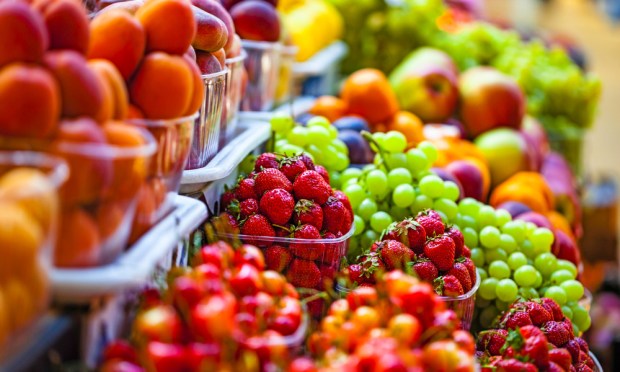Pop Up Grocer Checks All The Pandemic Retail Boxes

As retailers contend with the continuing COVID-19 crisis and the inevitable resettling of the business, one of the most popular pieces of advice has been to reformat existing stores. For example, some might consider trying experimental pop-up locations. For Pop Up Grocer, a self-described “traveling pop-up grocery store,” consider that box checked.
The other logical piece of advice has been to capture the shift to digital. Even though its business model was centered around food discovery and the novel experience of shopping at new locations, Pop Up Grocer also has the digital shift covered. For a business built on a nomadic and innovative business model, the two-year-old firm has reacted quickly and expertly to an unforeseen crisis by pushing into eCommerce.
Before explaining that pivot, here’s a little background: The company is the brainchild of Emily Schildt, a New York City-based consumer packaged goods (CPG) marketing consultant, who leveraged what she calls her “crazy entrepreneurial spirit” and founded Pop Up Grocer as a traveling natural food and beverage brand experience. Here’s the basic business model: Schildt selects a location and alerts local beverage, food and wellness brands about the installation’s launch. The brands then help to promote the event, which helps to boost their sales while benefiting the entire pop-up operation. By the time the tents are taken down, Schildt and her staff have established a location to return to and the brands have expanded their audience.
After launching 10-day and month-long installments in NYC’s Soho last year, Pop Up Grocer opened in Los Angeles in February.
“New York was obvious because that’s where I lived, but that’s also where a lot of these brands are being developed,” Schildt noted. “There’s a specialty food movement in Brooklyn, and a number of incubators to develop products. The media is also heavily invested in the local food scene, so all of the important, influential people who we bring in to view and share these brands in that 30-day period are headquartered in New York. From there, we look at where the people who are interested in us are coming from, based on social media and traditional media.”
After the LA market launch, the crisis hit. Plans to open in Austin were postponed; Schildt found herself without a clear plan, and her brands found themselves without a lifeline to their newfound audiences.
Schildt had always planned to explore eCommerce, but her tentative plans were suddenly pressed into action. She developed The Pop Up Grocer Box, which has become the company’s first eCommerce outreach featuring the brands that would have participated in the pop-up physical location. For a price of $60, the Box includes three options for product selections representing a value of at least $45, a $5 donation to Feeding America and Pop Up Grocer swag, including shipping. Schildt says she has been moving about 150 boxes per week.
“The number goes up and down,” she said. “The way I see it, the grocery space is missing a discovery phase – in fact, I think you could say that about the broader retail landscape. Today, consumers haven’t fully adopted an eCommerce behavior, but it will be interesting to see how COVID-19 will maybe accelerate the long-term adoption of these delivery services that have been available for some time. But I think the reason people aren’t buying food online is because they don’t trust it. There’s a lack of intimacy that I think is required for product purchases, especially premium product purchases. So we serve these products in a space where they can be discovered in a trusted, fun environment, and then consumers can go on to buy them regularly at their local physical stores.”
The Austin pop-up has been rescheduled to June. According to BevNet, eCommerce platforms like Hungryroot, Jet and Blue Apron, as well as brands such as Recess, Dirty Lemon and KIND, have all opened New York City pop-ups. According to Salesforce’s 2019 Connected Shoppers Report, “consumers, especially Gen Zers, seek out stores that offer unique experiences, not just products and checkout lines.” Over half of Gen Z shoppers have visited a pop-up store, and 42 percent have participated in a social event or demo inside a store, the report said.
“I always say – and it’s part of our pitch to brands – is that food is the new fashion,” Schildt said. “I think that phenomenon has been aided by social media. So many years ago, people started using and sharing food as a statement of identity. In the same way that you choose your green mohair sweater, now you’re choosing your avocado toast. And that says something about you.
“I think food choices are about so much more now than just what satiates you – it’s really more about a lifestyle,” she continued. “It’s interesting to think about how those food choices are a much more accessible form of that statement of identity. And people are going to be less interested in buying the mohair sweater and more interested in a purchase that says something about them, while actually providing them with a healthier body and lifestyle that makes them feel good.”
